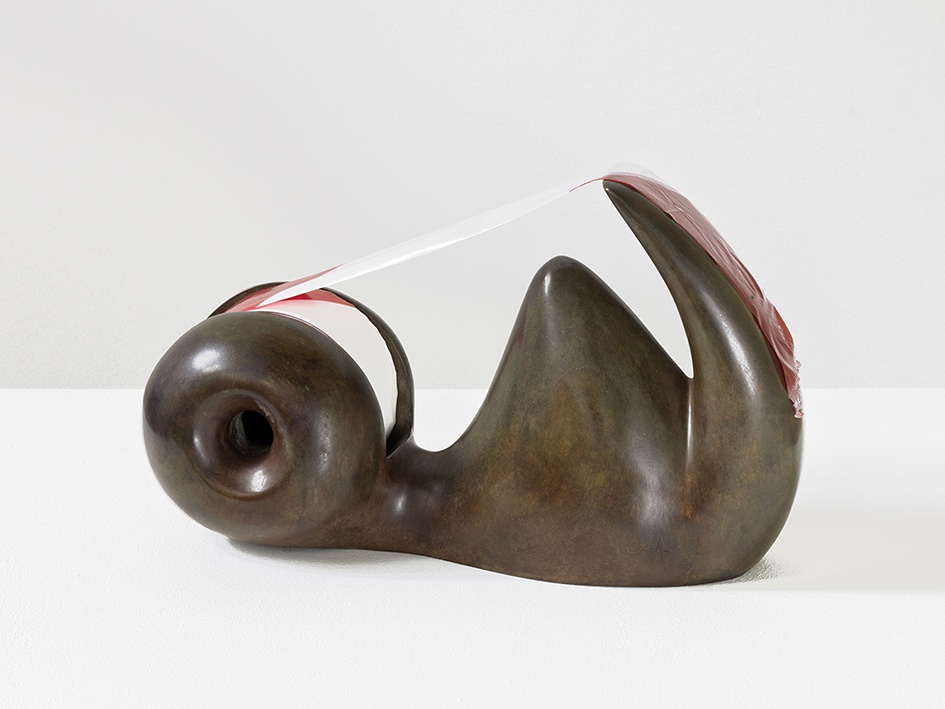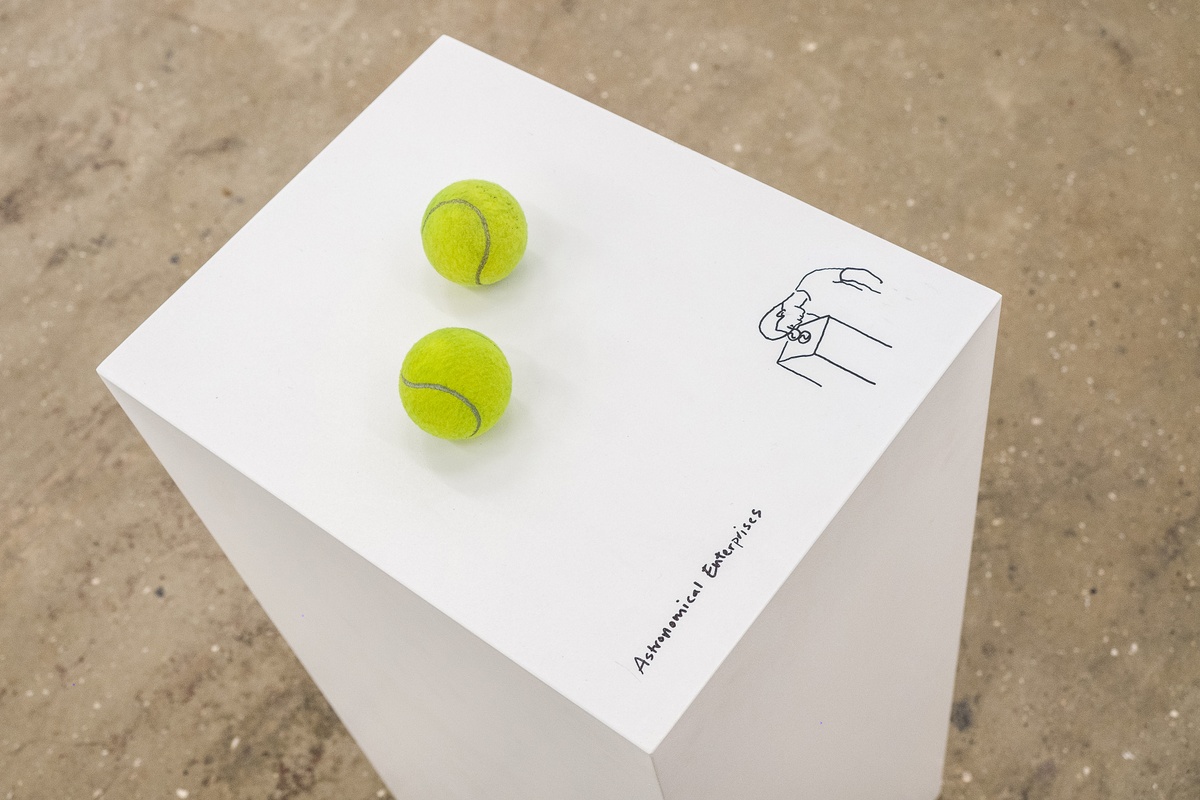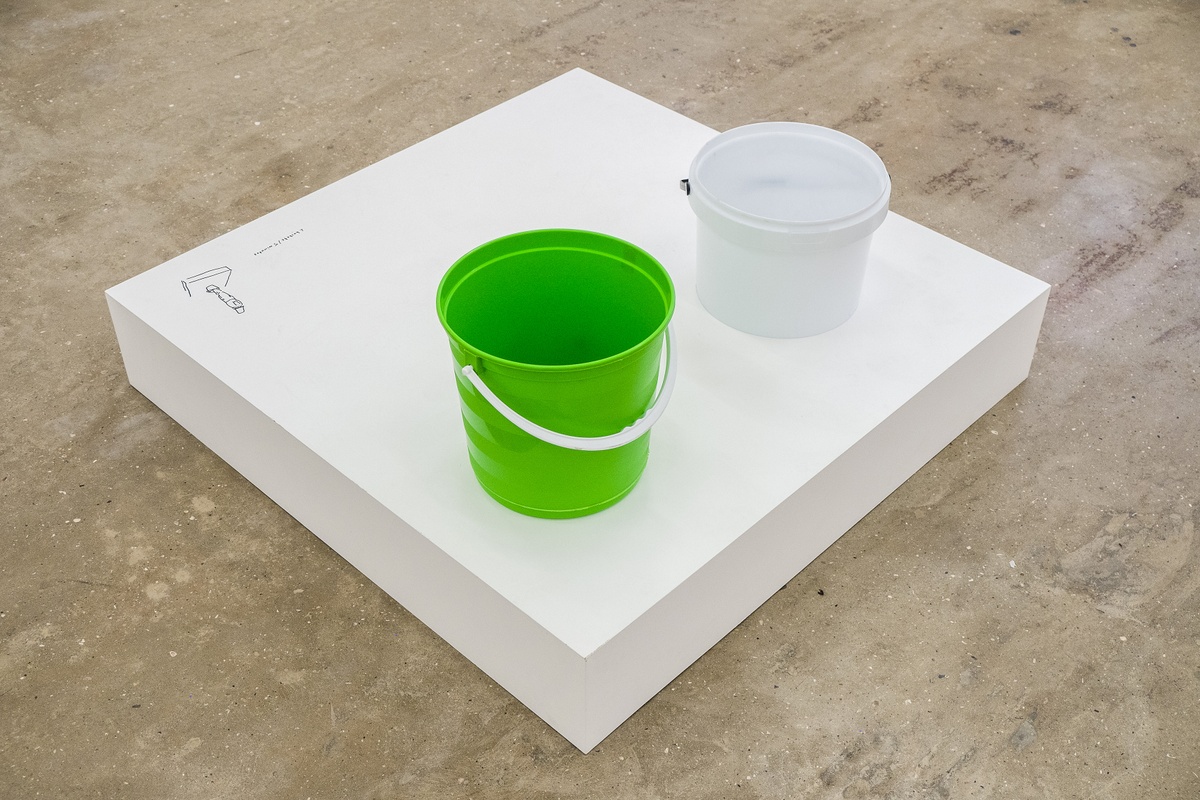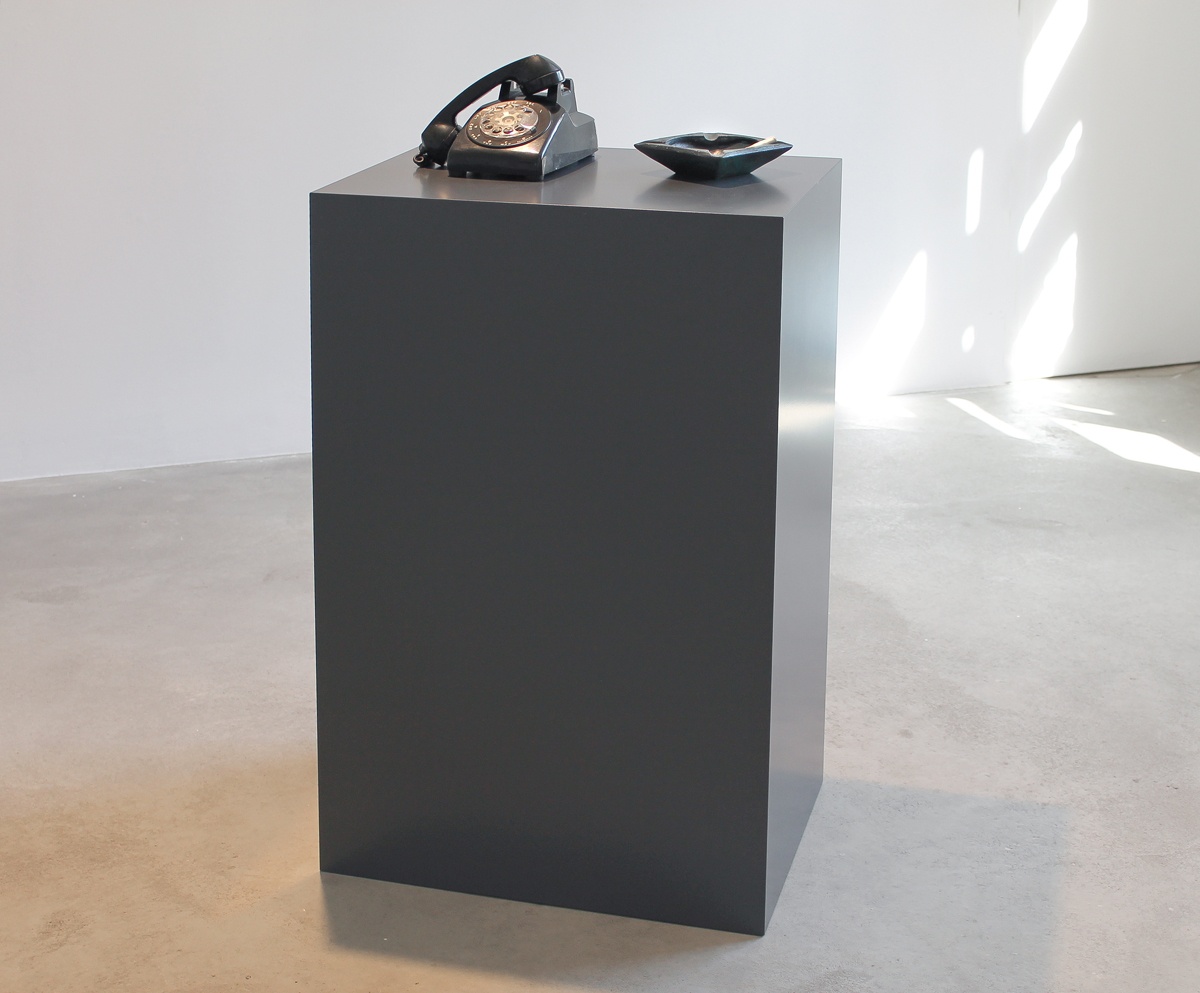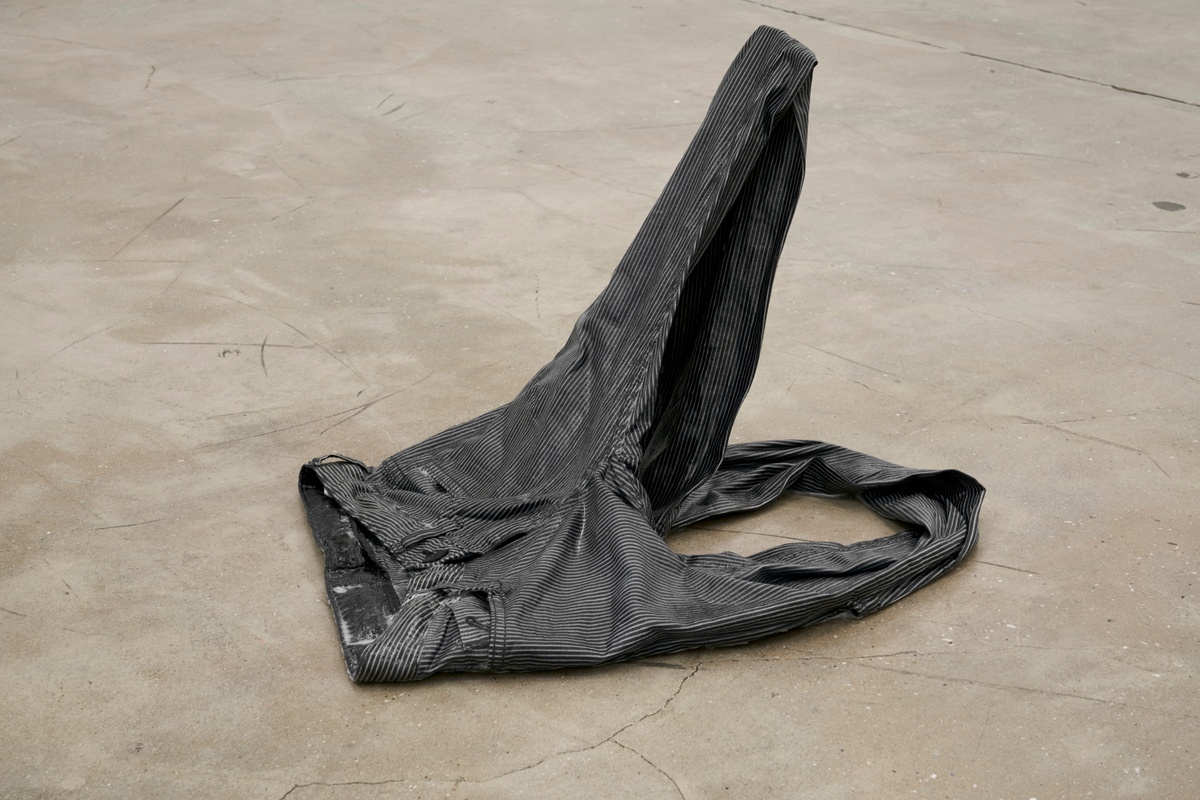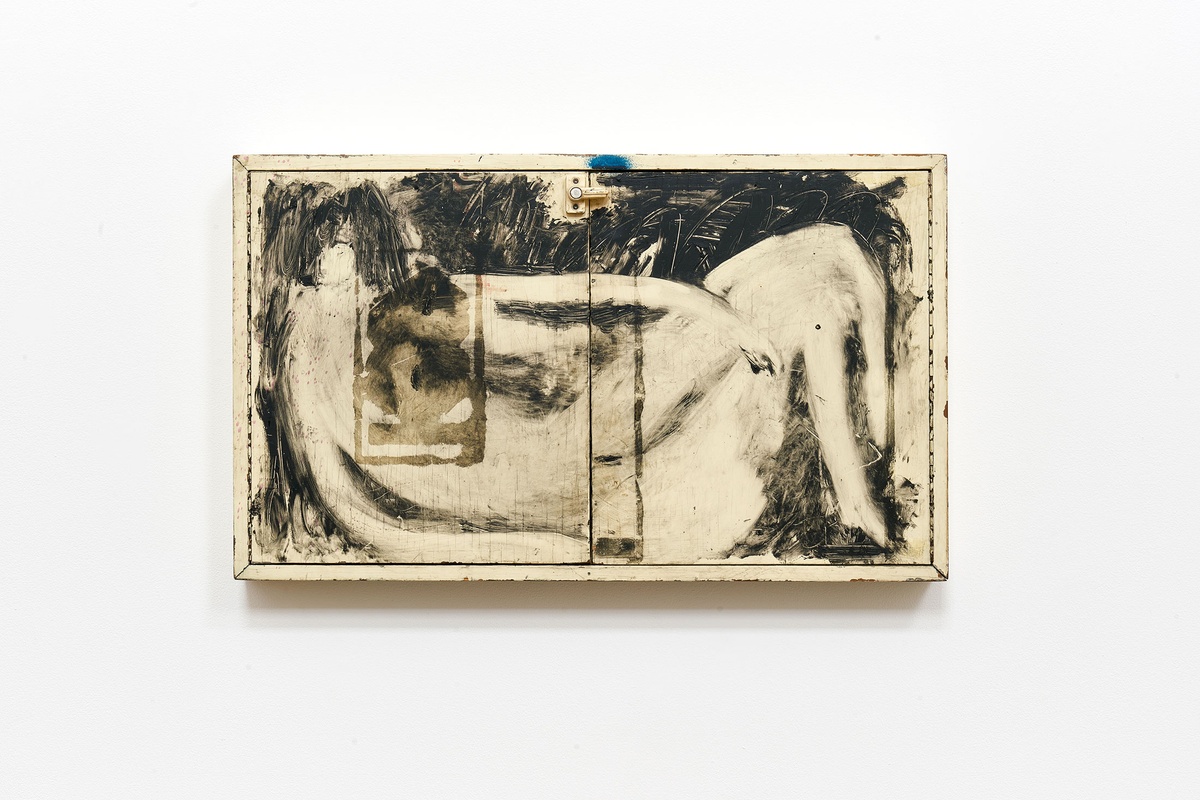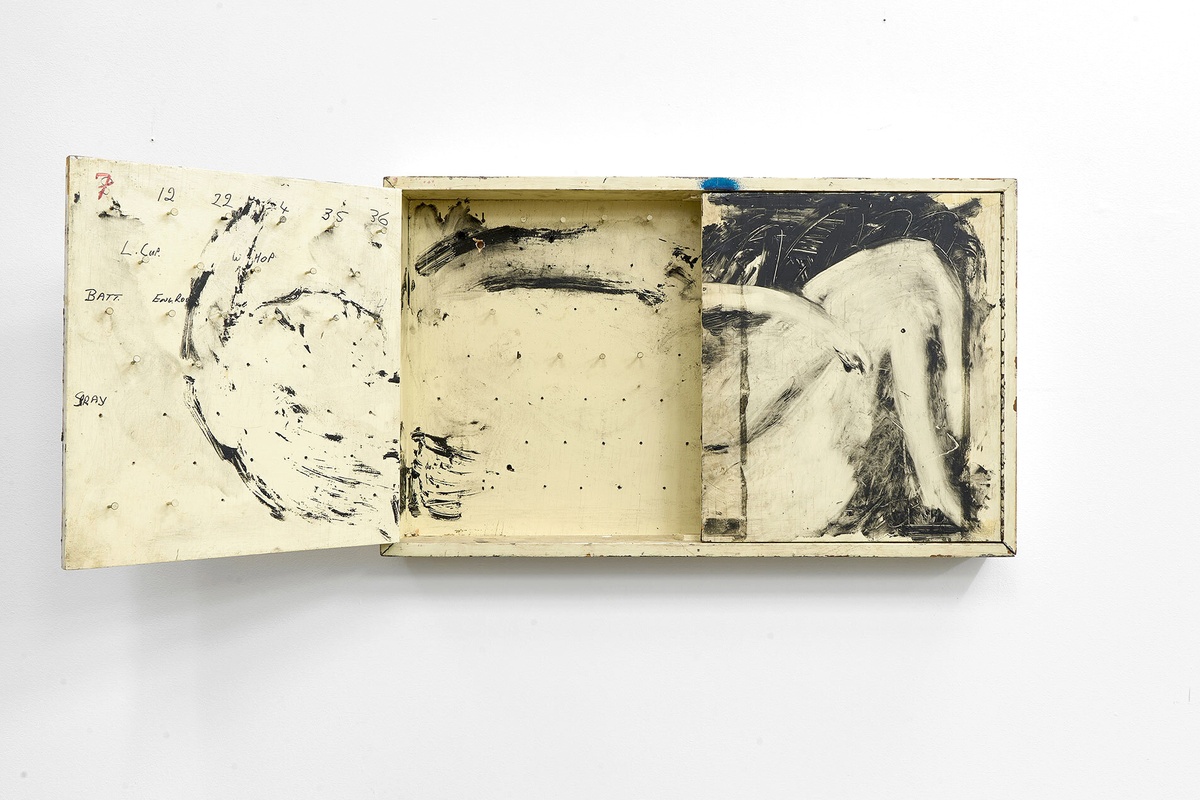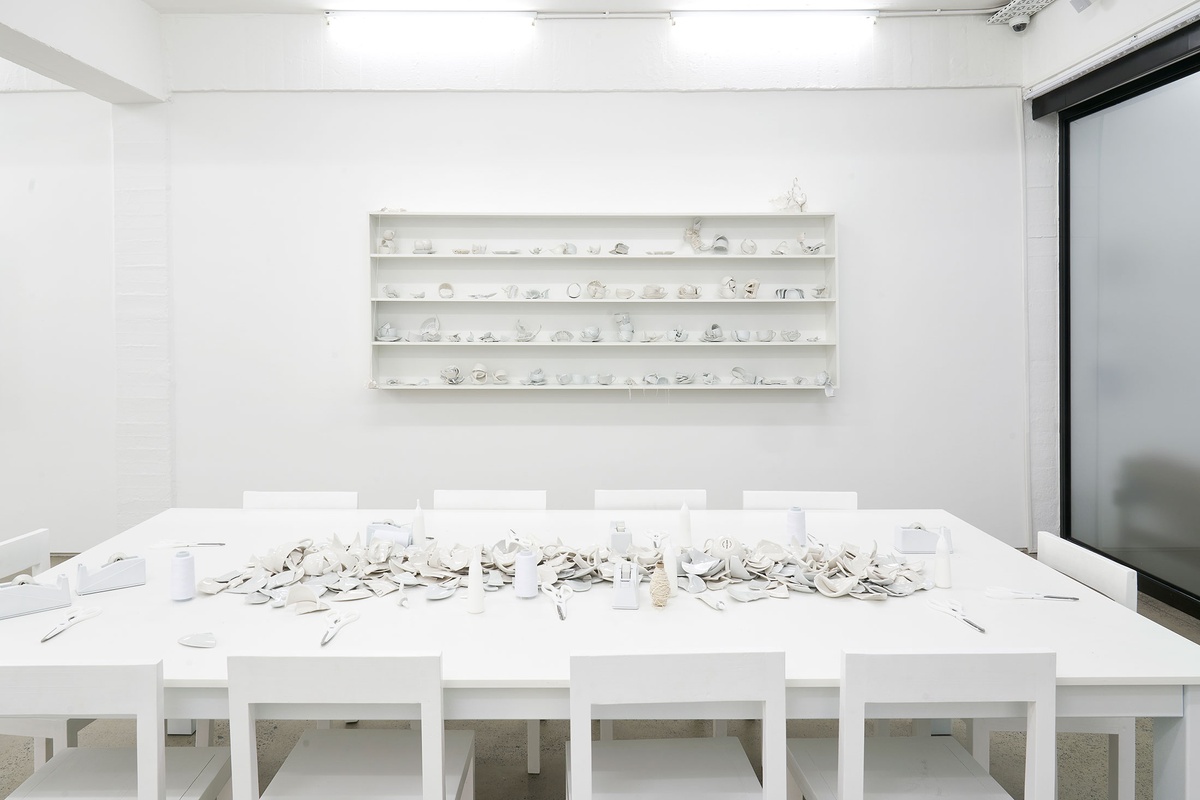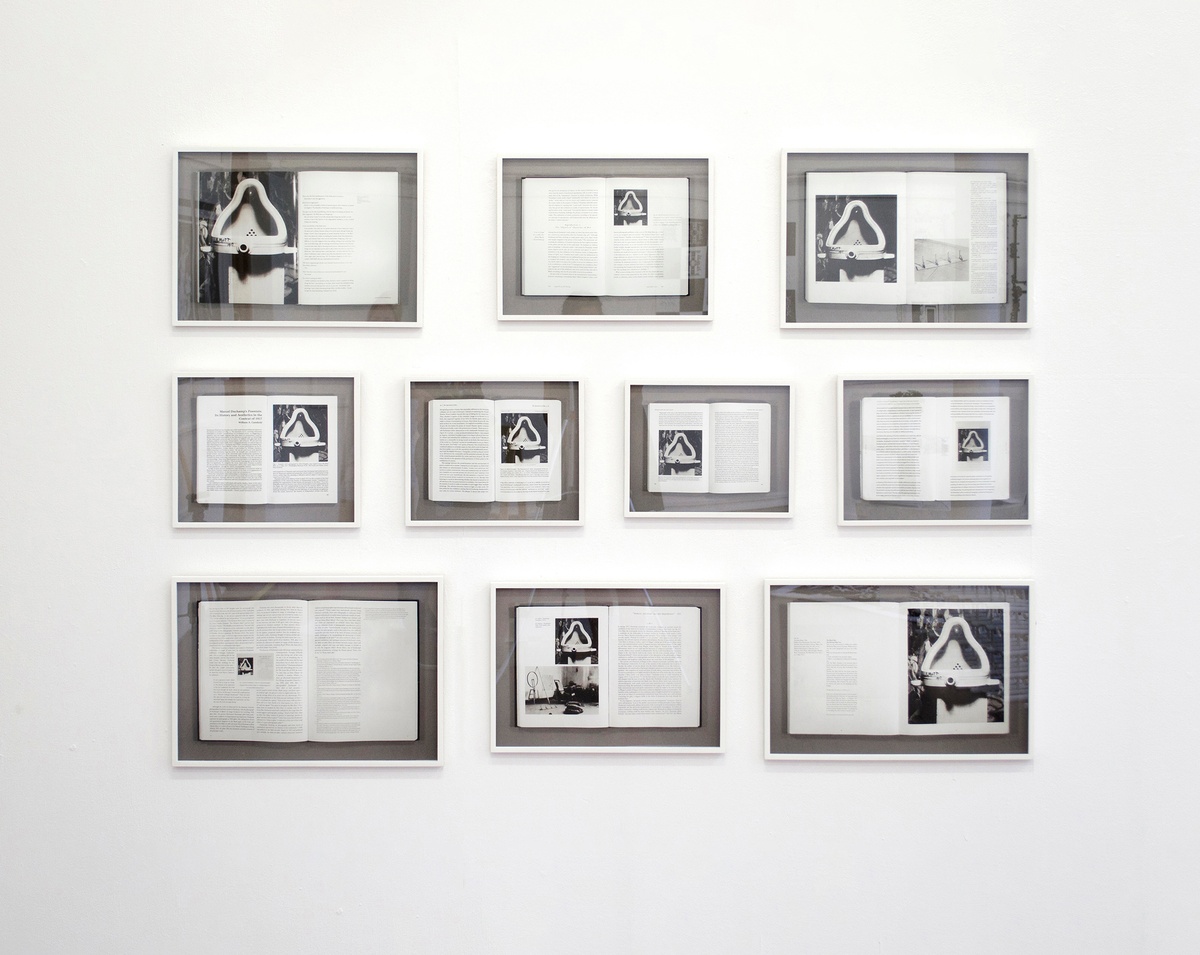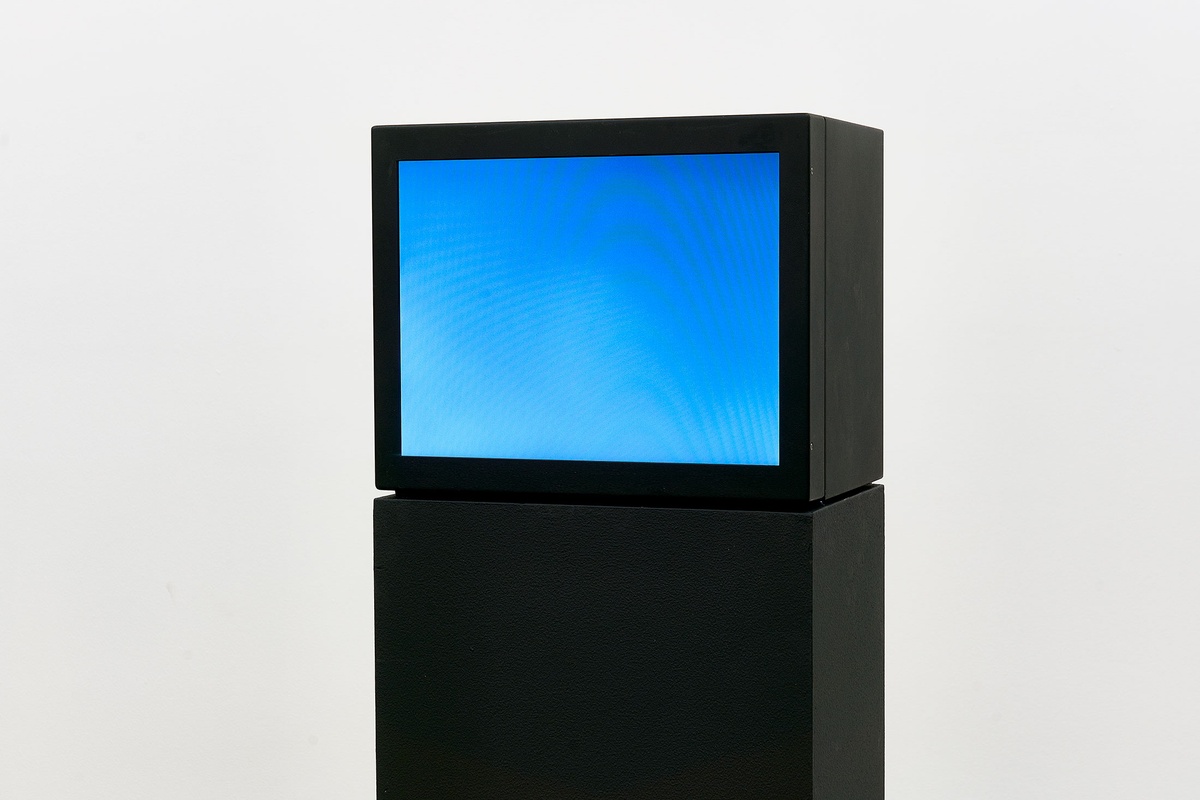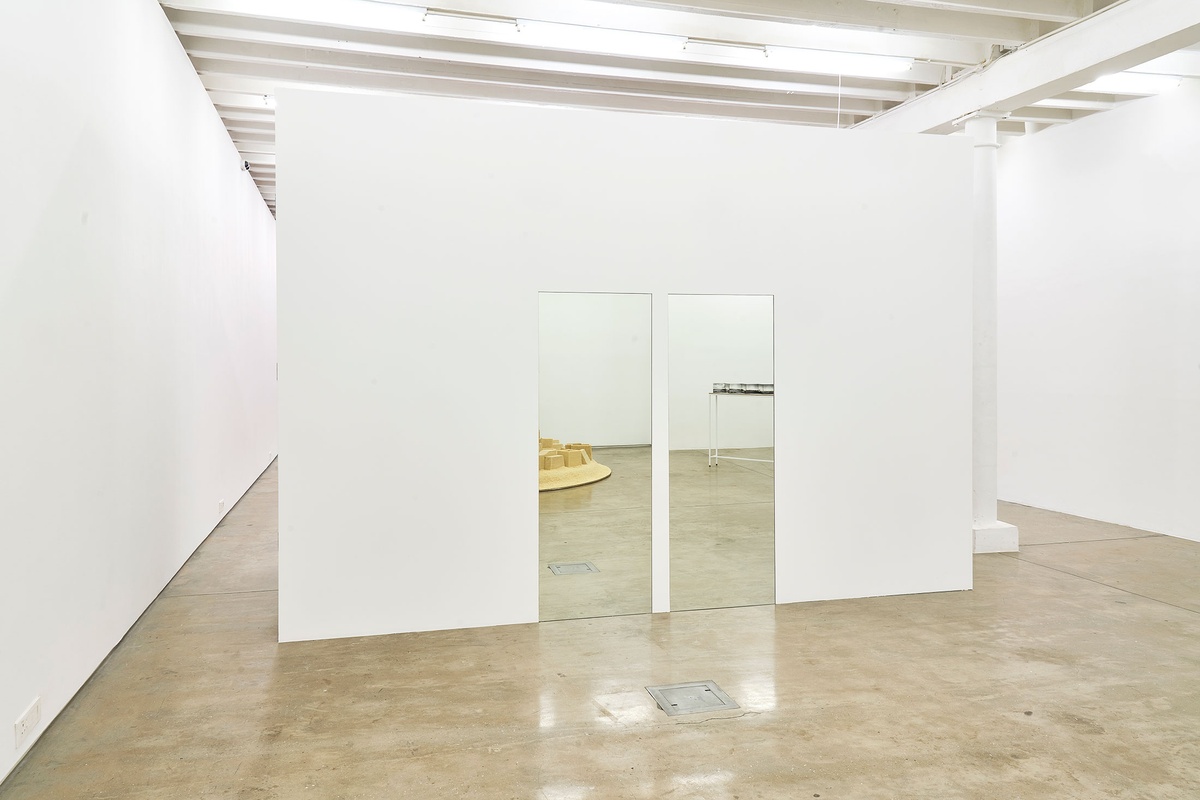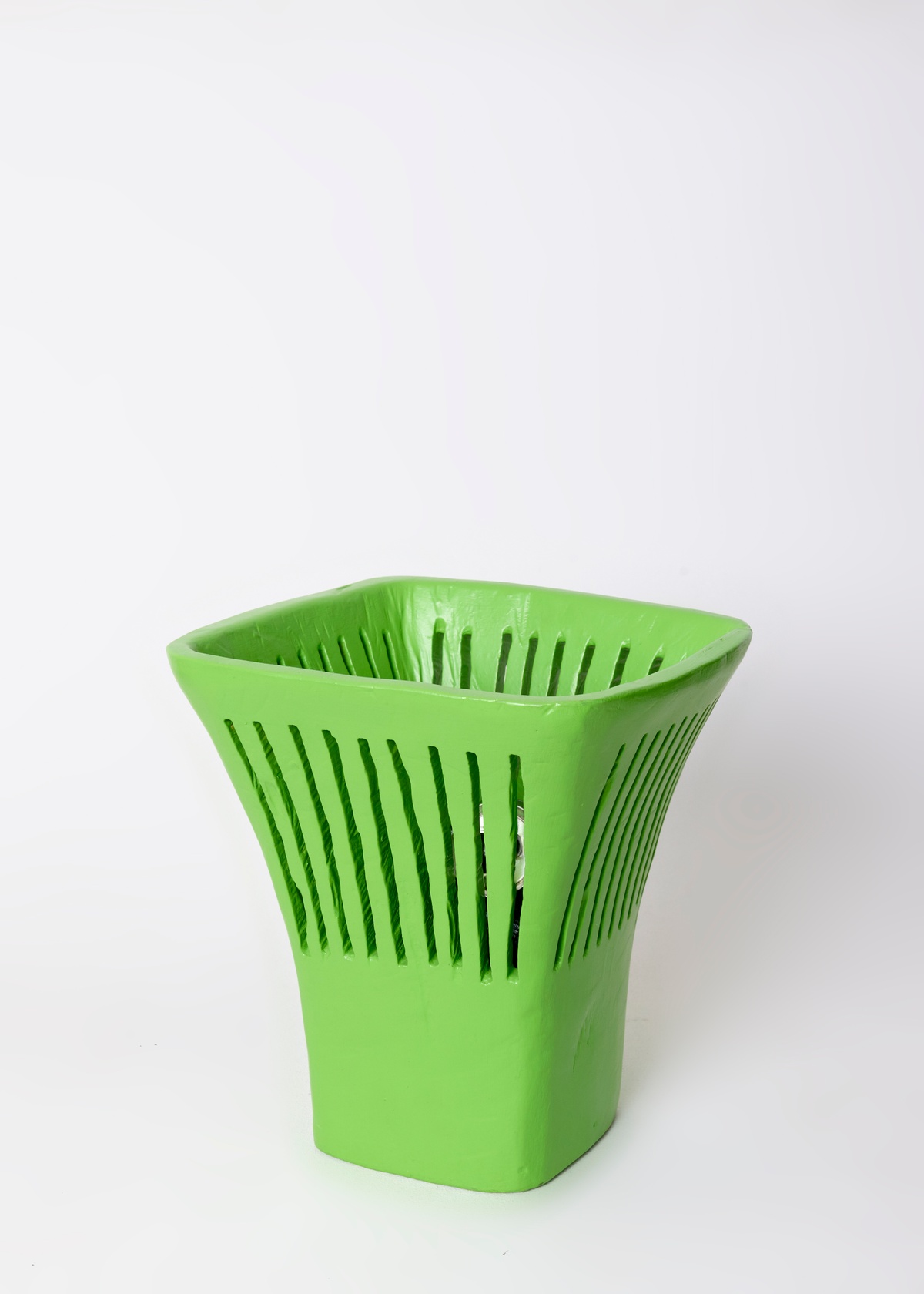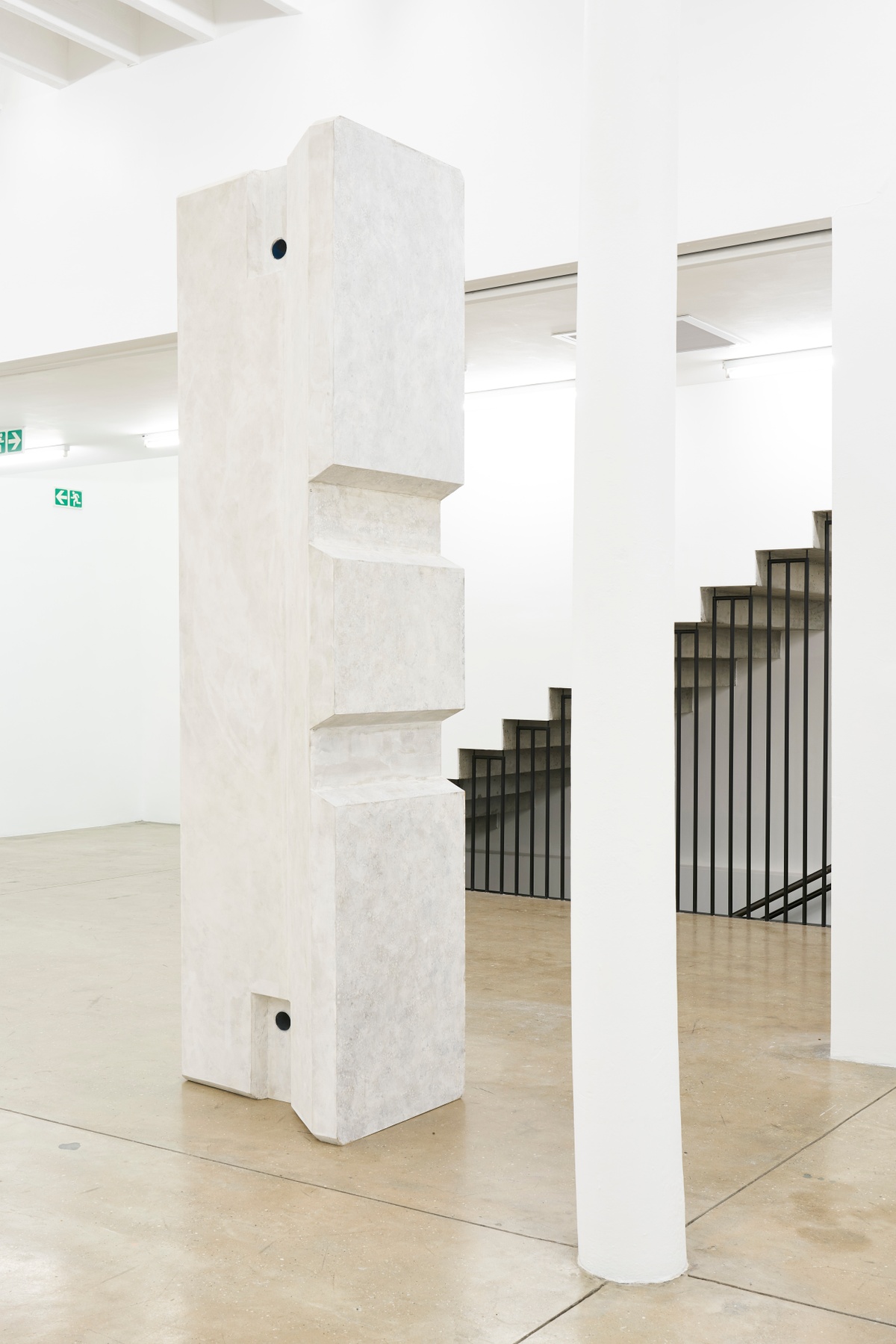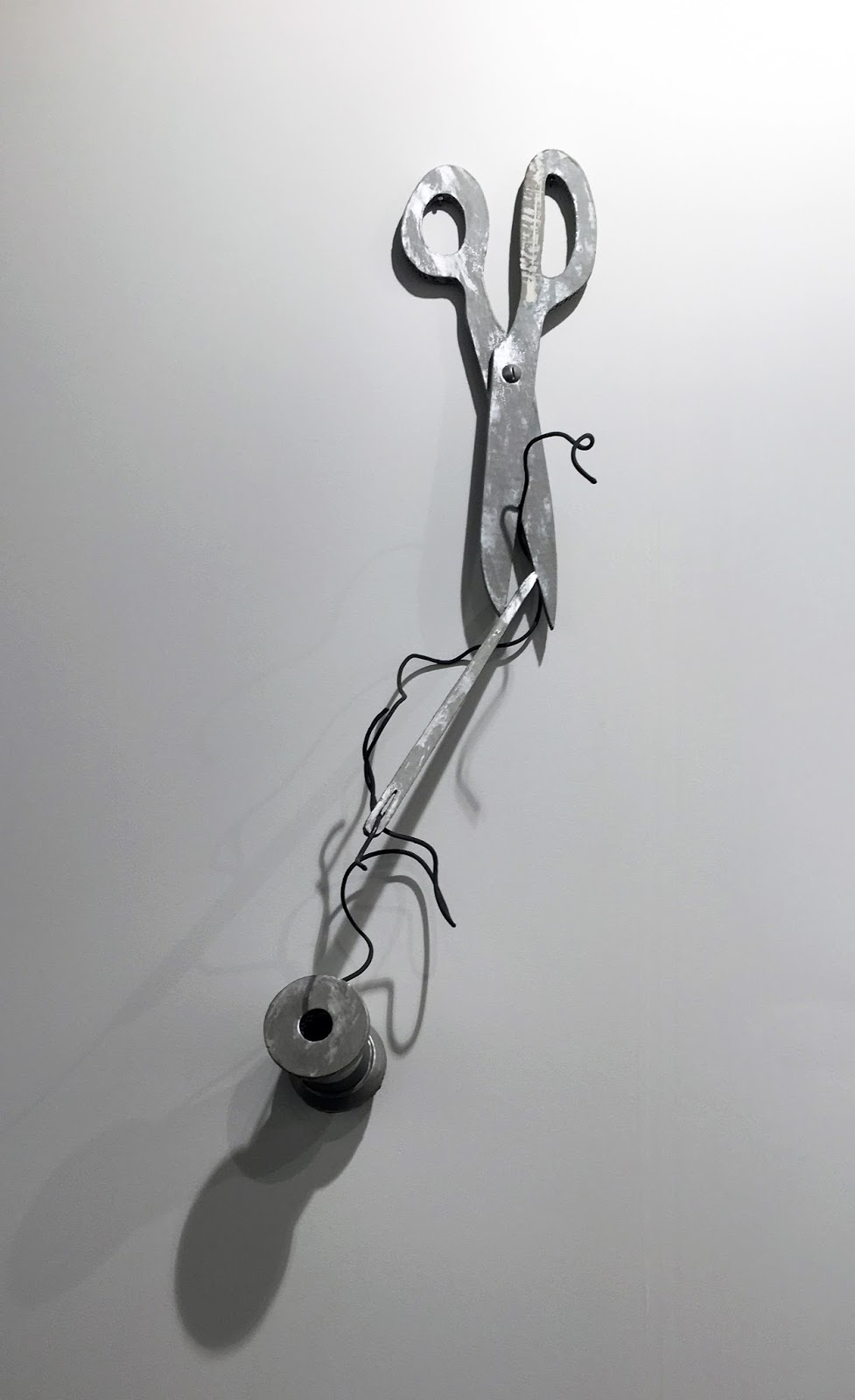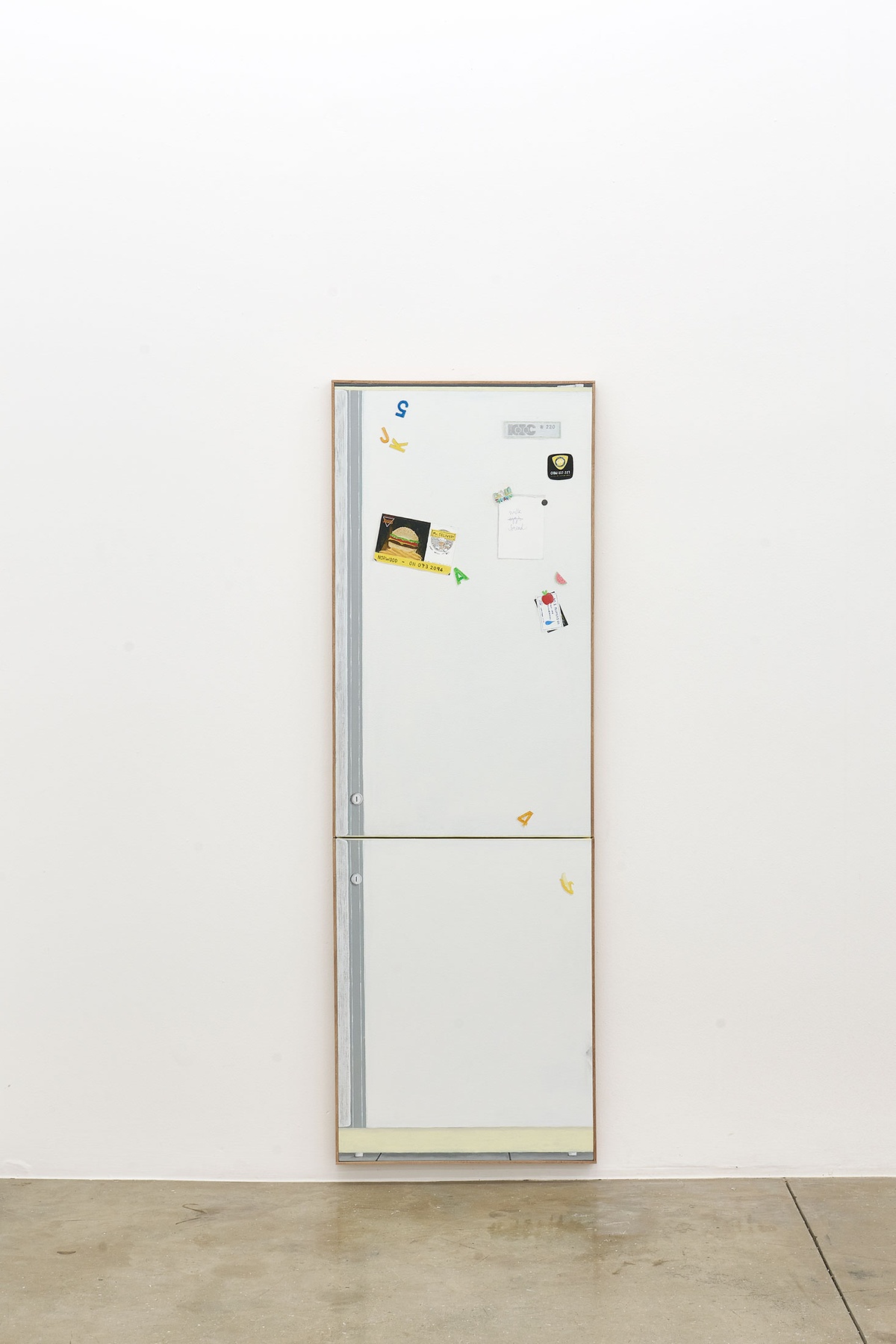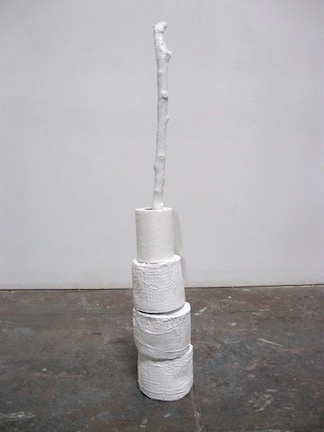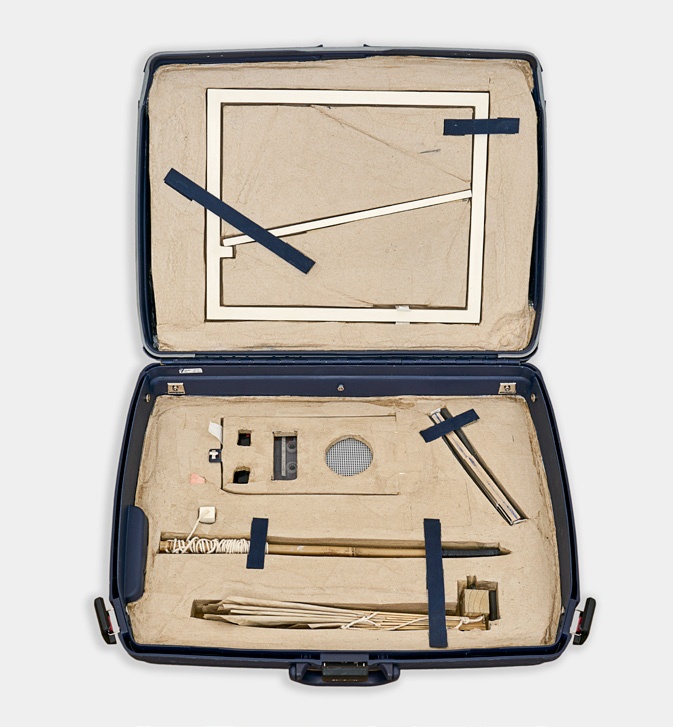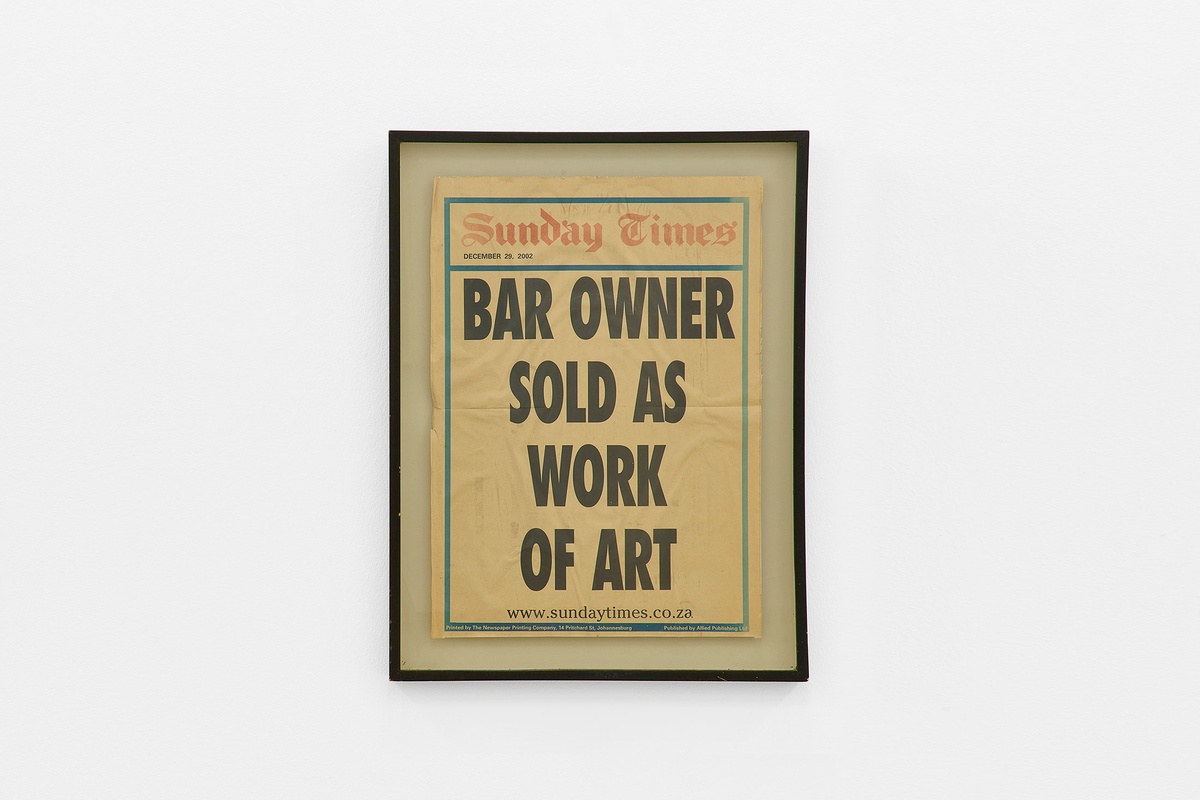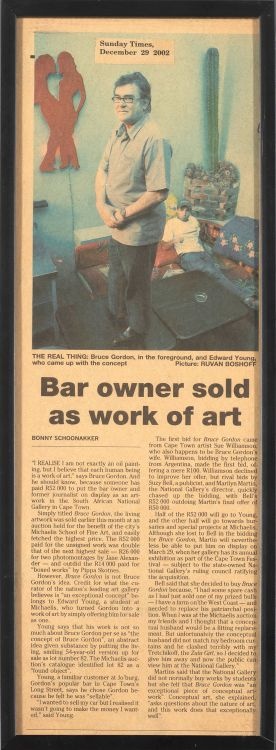Camille Henrot
The apparent simplicity of Henrot’s bronze sculptures belies the many influences hidden in their forms. Their sinuous shapes, however, defy any reductive reading. While many reference the modernism of Henry Moore and Constantin Brancusi, they are seldom of purely formal intrigue. Such is A clinging type, which works double-duty as abstract sculpture and tape dispenser. Enigmatic and visually tactile, the work evades definition as object. It is neither utilitarian in function nor non-representational in composition. Objects, like sentences – Henrot suggests – contain different, even contradictory, meanings. Categorical uncertainty, however, appears only to increase the work’s sensuous appeal. A clinging type is a form to be touched, to be understood by feeling if not by logic.
b.1978, Paris
“It seemed only natural as an artist,” Camille Henrot says, “to be interested in anthropology.” Articulating the human desire to make sense of the world, Henrot narrates encyclopaedic histories with images and objects. Her work is as expansive in medium and form as it is in theme, traversing film, sculpture, drawing, found objects, and flower arrangements. In her constellations of signs, she gives to disparate parts a unifying whole. “As an artist, I have the freedom to browse through ideas with the curiosity of the amateur,” Henrot says of her wide-ranging research. “I’m allowed to have an irrational approach to knowledge… I see the world as a fragmented ensemble and that fragmentation is harrowing. Through the research implied by my projects, I can establish some continuity.” The world is understood, Henrot suggests, in its classifications and representations. Philosophy, anthropology and literary theory all offer structures of making sense, of giving shape to meaning. To the artist, art suggests a complementary structure – lyrical and lateral – with which to interpret life, the universe, and all their artefacts; a structure where meaning coincides with mood, sense with sensuality.
